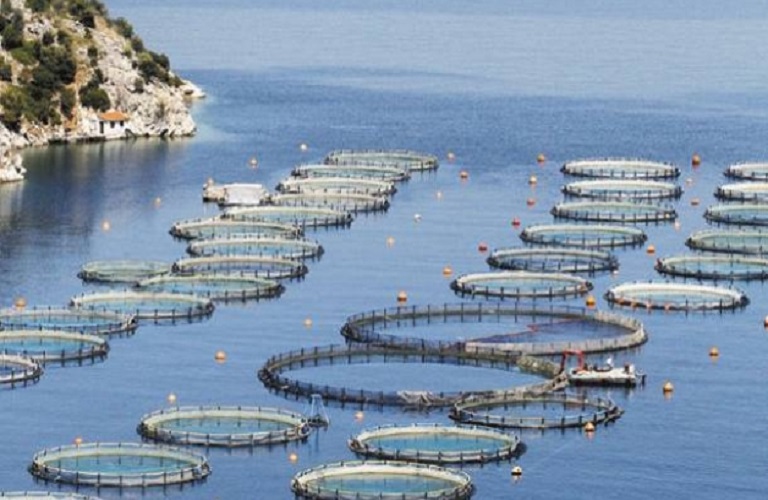
A top priority for the aquaculture sector is the completion of spatial planning with emphasis on the establishment of Organized Aquaculture Development Areas (POAs). “It will strengthen the competitiveness of existing companies, contributing to their further sustainable development while also attracting new investments,” said the president of the Hellenic Aquaculture Producers Organization (ELOPY), which represents more than 80% of Greek domestic production. He added: “The industry currently produces 90% of the maximum licensed capacity of the country and under the current conditions no effective development strategy can be implemented. Delaying the establishment of POAs can not achieve the development goal set in the Multiannual National Strategic Plan for Aquaculture, while at the corporate level, companies in the sector can not proceed with investments, relocations and in general its remodeling.”
Following successive extensions, only 4 of the 23 fish farms envisaged have been established, although European legislation requires the designation of marine zones for aquaculture. The lack of updated spatial planning remains the biggest “thorn” for years. However, a few days ago the Energy and Environment Ministry approved the technical specifications and the terms of the tender for the elaboration of a study for the “Evaluation and revision of the Special Spatial Framework for Aquaculture” as the five-year period provided by the legislation for the was approved in 2011.
It is no coincidence that the issue of spatial planning is expected to be analyzed in detail at the 2nd sectoral conference organized on April 15 and 16 at the Athens Concert Hall by AMBIO consultancy agency, with the support of ELOPY and the Ministry of Rural Development – with the participation of scientists, institutions and representatives of producers and suppliers of the aquaculture industry from about 15 countries _ with honored country is Saudi Arabia.
In addition, the prospects and trends for sustainable and competitive fish farming will be discussed. The industry was tested during the pandemic, while it is facing new challenges due to the energy crisis, but also due to… the effects of the war in Ukraine. The increase in production costs in aquaculture now reaches 25% with the cost of fish feed having exceeded 40%.
sector In any case, the performance of the industry is satisfactory. In 2020, 79% of production was exported to 40 countries, with the remaining 21% being sold domestically. As for 2021, sales increased, as did exports (9% in volume and value) which amounted to 100,300 tons, worth 499 million euros. But consumption also seems to be returning, and in some countries exceeding, pre-COVID levels. Besides, it remains the first sector of the country in exports of animal products and second in agricultural exports after olive oil.
Latest News

Economist: Greece Included in the Best Performing Economies in 2024
Meanwhile, Northern European countries disappoint, with sluggish performances from the United Kingdom and Germany.

EasyJet Expands Its Routes from Athens
The airline’s two new routes will be to London Luton and Alicante and they will commence in summer 2025.

Capital Link Forum Highlights Greece’s Economic Resurgence; Honors BoG Gov Stournaras
Capital Link Hellenic Leadership Award recipient, Bank of Greece Gov. Yannis Stournaras, an ex-FinMin, was lauded for his pivotal role during Greece’s economic recovery

Tourist Spending in Greece Up by 14%, Visa Card Analysis Shows
Greece’s capital Athens emerged as the most popular destination, recording a 17% increase in transactions with Visa cards, surpassing even the cosmopolitan island of Mykonos.

Inflation in Greece Unchanged at 2.4% in Nov. 2024
The general consumer price index (CPI) posted a 0.4% decrease in November compared to the previous month

2024 Christmas Holidays: Extended Shop Hours Schedule
The 2024 Christmas Holidays extended shop hours schedule commences on Thursday, December 12 and runs until the end of the year.
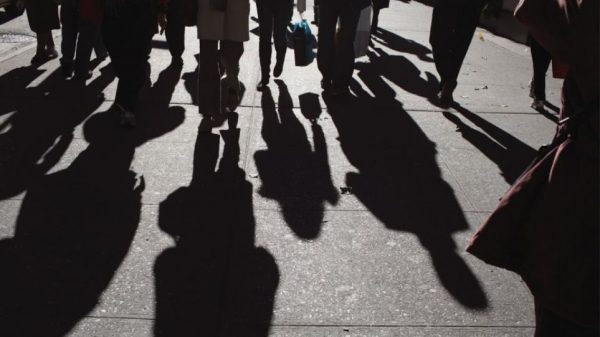
ELSTAT: Seasonally Adjusted Unemployment Down in October
The number of employed individuals reached 4,284,694, an increase of 67,723 compared to October 2023 (+1.6%) and 22,002 compared to September 2024 (+0.5%).
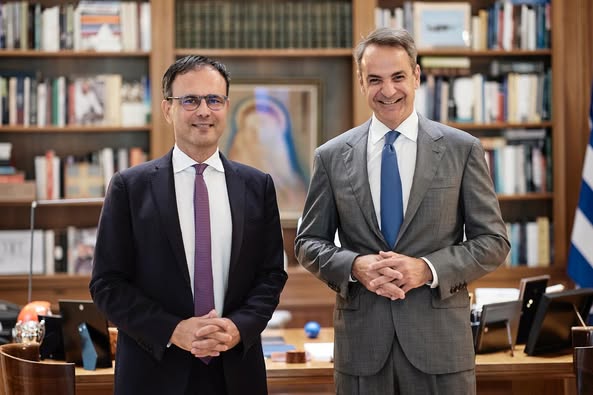
Greek PM’s Chief Economic Adviser Resigns
In the post on his Facebook page, Patelis did not disclose the reasons that led him to step down.

“Masdar Invests in the people of Greece and in the vision of TERNA ENERGY”
Four messages from the CEO of Masdar, the Arab renewable energy giant, after its acquisition of 70% of TERNA ENERGY

Lloyd’s List Greek Shipping Awards 2024: Honors for leading companies and personalities in the Greek shipping sector
20 awards presented at the 21st annual Lloyd's List Greek Shipping Awards


















![Χειμερινή εξοχική κατοικία: Οι Ελληνες γυρνούν την πλάτη παρά την πτώση των τιμών [γραφήματα]](https://www.ot.gr/wp-content/uploads/2024/12/Capture-19-90x90.jpg)







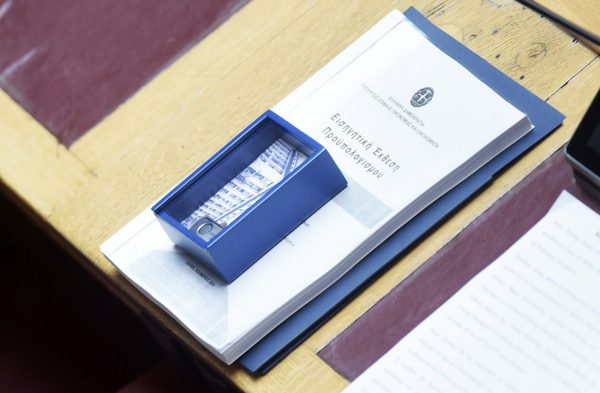
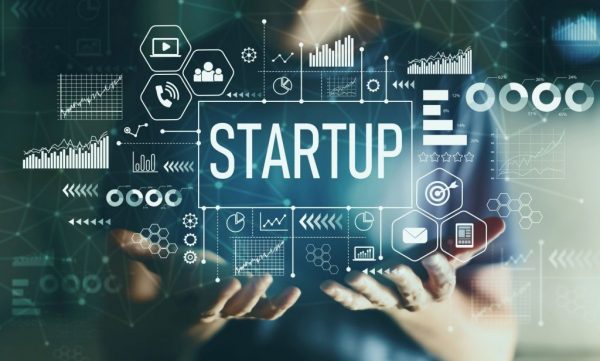
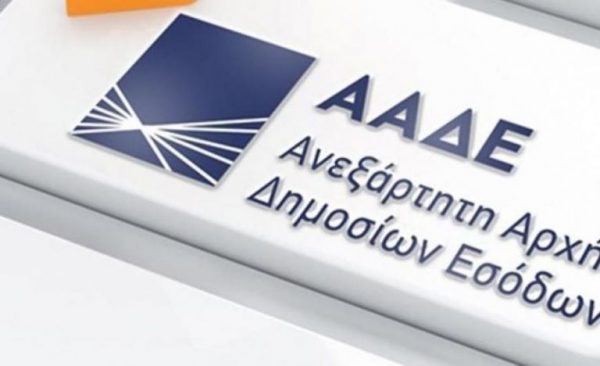
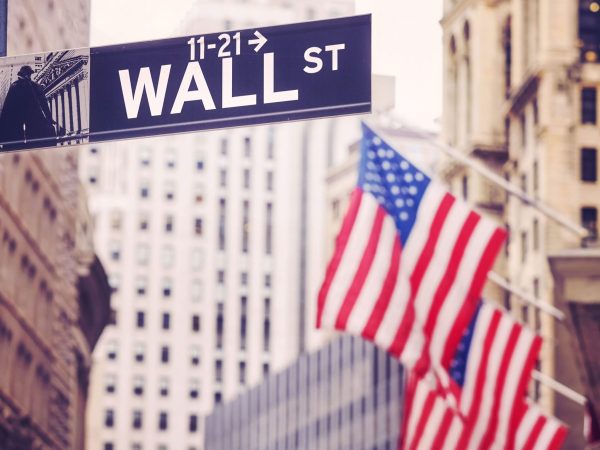


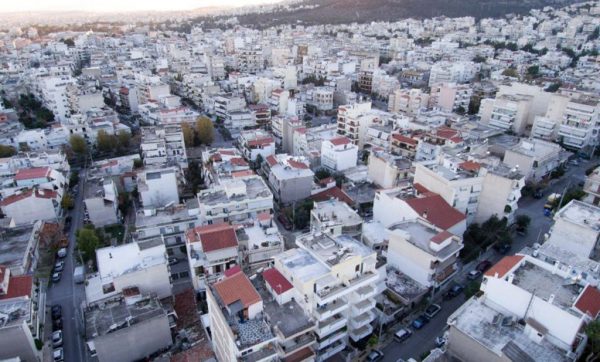

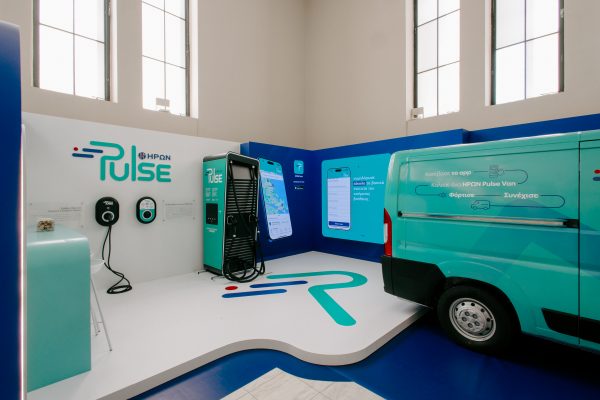



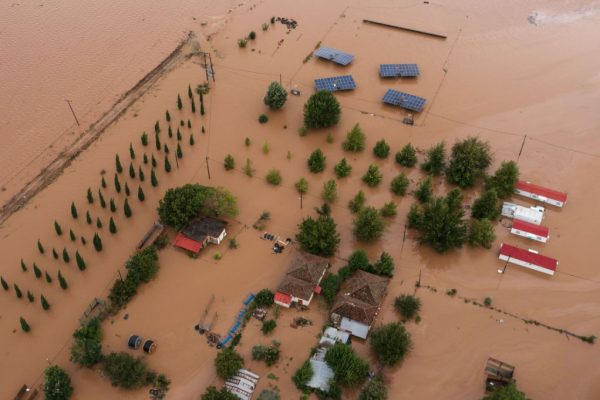


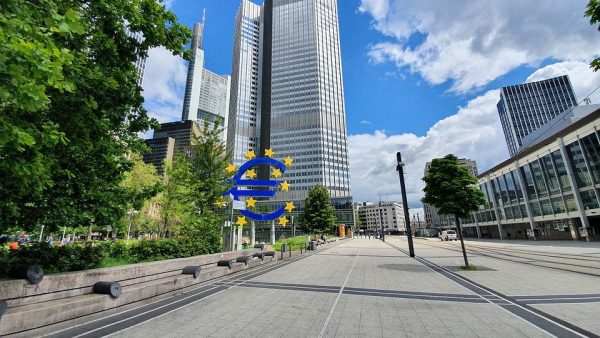
 Αριθμός Πιστοποίησης Μ.Η.Τ.232433
Αριθμός Πιστοποίησης Μ.Η.Τ.232433